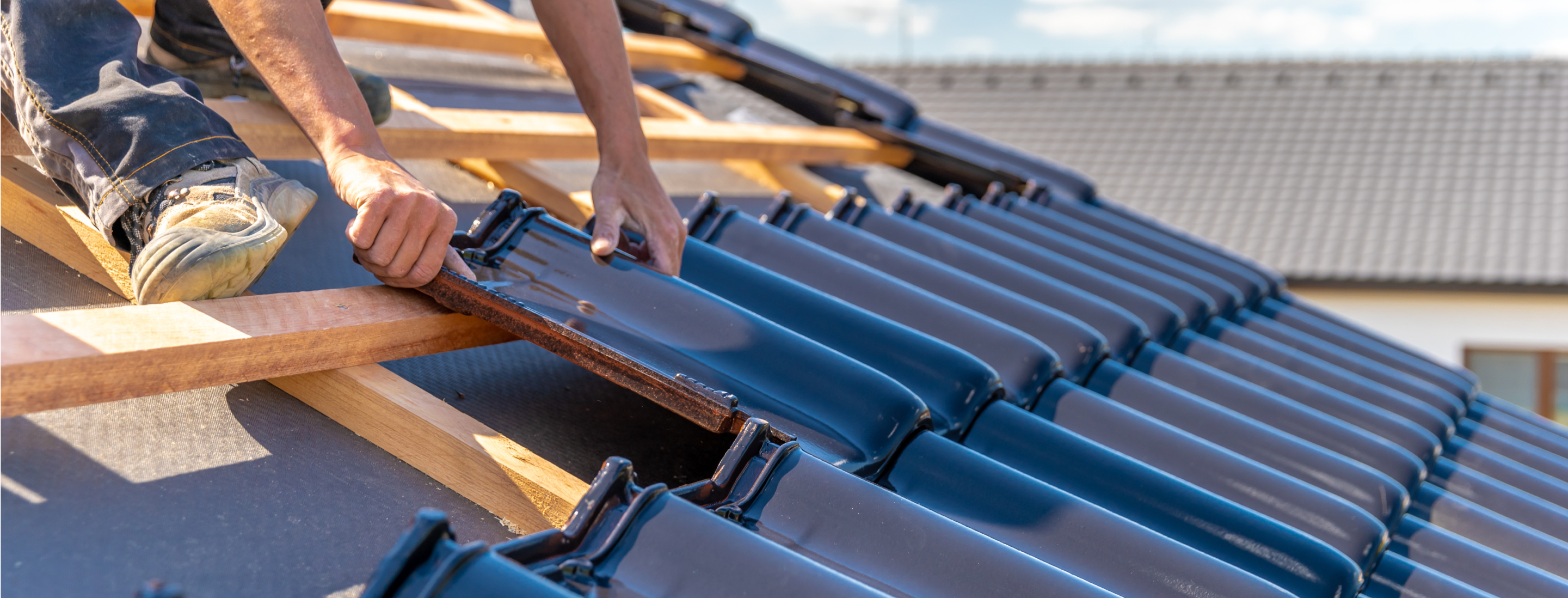Choosing the right roofing material is about more than just looks. In California, you have to consider heat, fire risk, earthquakes, and even solar compatibility. Whether you’re replacing an old roof or planning new construction, this 2025 guide breaks down the best roofing materials for Golden State homes.
Why roofing matters in California
From triple-digit summers to wildfire-prone regions and everything in between, California’s climate is tough on roofs. The right material will save you money in cooling costs, withstand the elements, and offer long-term durability. Plus, with the rise in solar installations, your roof must also support modern energy solutions.
Asphalt shingles
- Pros: Affordable, easy to install, widely available
- Cons: Shorter lifespan (15–25 years), lower insulation
- Best For: Homeowners on a budget, or those planning short-term stays
- Solar Compatibility: Excellent – panels mount easily
Clay and concrete tiles
- Pros: Fire-resistant, long-lasting (50+ years), great insulation
- Cons: Expensive, heavy (may require structural reinforcement)
- Best For: Mediterranean or Spanish-style homes in Southern California
- Solar Compatibility: Good, but requires special mounting hardware
Metal roofing
- Pros: Extremely durable (40–70+ years), lightweight, reflective (reduces cooling costs), fire-resistant
- Cons: Higher upfront cost
- Best For: Eco-conscious homeowners, wildfire zones, solar-ready homes
- Solar Compatibility: Excellent – panels clamp on without drilling
Slate roofing
- Pros: Beautiful, incredibly long-lasting (75+ years), fire-resistant
- Cons: Extremely heavy and expensive, fragile to walk on
- Best For: Luxury homes, historic buildings
- Solar Compatibility: Challenging due to fragility
Synthetic roofing (rubber, plastic, composite)
- Pros: Mimics natural materials, lighter, lower cost, some are recyclable
- Cons: Varies widely in quality and lifespan
- Best For: Homeowners who want the look of tile or slate without the weight
- Solar Compatibility: Good, but depends on type
Flat roofs (TPO, EPDM, PVC)
- Pros: Cost-effective, great for modern designs or commercial buildings
- Cons: Can pool water if not installed properly
- Best For: Modern homes, ADUs, commercial properties
- Solar Compatibility: Great – flexible for solar placement
Key considerations in 2025
- Fire Rating: Choose Class A fire-rated materials in wildfire zones
- Cool Roof Standards: California Title 24 requires cool roofing in many zones
- Solar Integration: Plan solar and roof together for best results
- HOA & Local Codes: Always check local rules before choosing materials
Conclusion
There’s no one-size-fits-all answer to roofing in California. Asphalt shingles remain popular for their affordability, but metal and tile roofs offer better longevity and energy performance. If you’re going solar, your roofing choice becomes even more important. Talk to a roofing expert who understands both the climate and solar integration to make the best investment.




